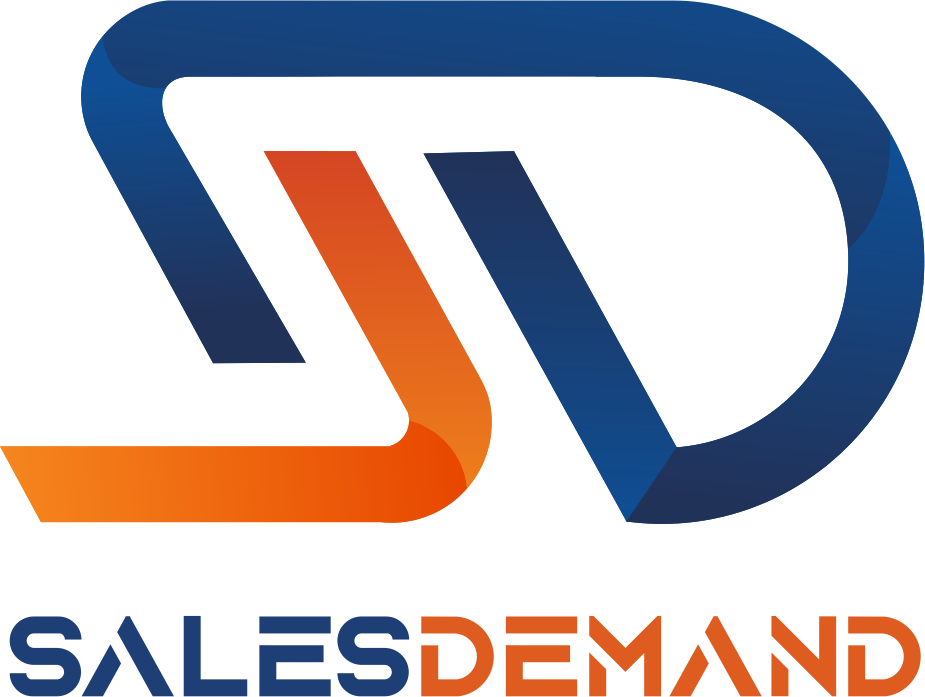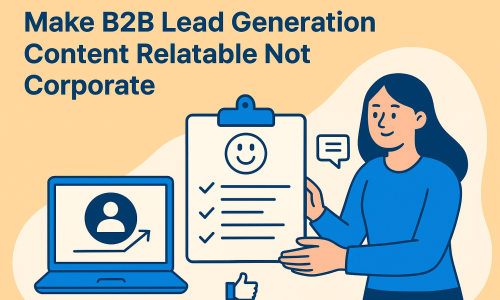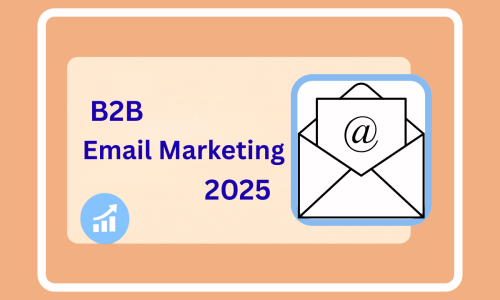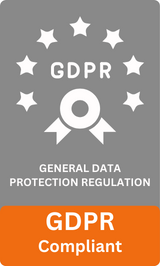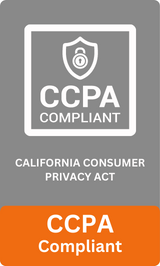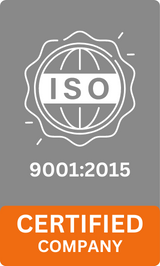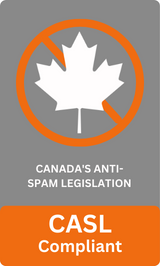
Outbound lead generation remains a cornerstone of growth in the competitive B2B landscape. Unlike inbound marketing, where prospects come to you, outbound strategies require a proactive approach. Your sales team reaches out to potential clients, builds relationships, and guides them through the buyer’s journey.
When executed strategically, outbound lead generation can fuel your pipeline with high-quality prospects and foster long-term business relationships. In this blog, we’ll explore 10 essential sales strategies that will enhance your outbound efforts and drive sustainable growth.
Table of Contents
Toggle1# Understand Your Target Audience
Success begins with a crystal-clear understanding of your ideal customer. Developing detailed buyer personas allows you to tailor your messaging and outreach to resonate with your audience’s specific pain points.
Tips:
- Identify buyer personas: Document demographics, job roles, company size, goals, and key challenges.
- Research customer behavior: Use tools like Google Analytics, HubSpot, LinkedIn Insights, and Hotjar to gain deeper insights into audience behavior.
- Update personas regularly: B2B customer expectations evolve quickly—revisit and refine your personas every quarter.
Additional Insight:
- Interview current customers to uncover motivations and decision-making processes.
- Analyze CRM and sales data to identify common traits among high-converting leads.
According to HubSpot, companies that exceed revenue goals are 2.4x more likely to use personas.
2# Build a Multi-Channel Outreach Strategy
Relying on a single channel limits your reach. A multi-channel approach engages prospects across various touchpoints and keeps your message top-of-mind.
Channels to Combine:
- Email: Create concise, value-driven subject lines and body copy. Use A/B testing to refine.
- Cold Calling: Directly connect with key decision-makers. Prepare call scripts but keep conversations consultative.
- LinkedIn Outreach: Send personalized InMails, engage with posts, and build rapport through content sharing.
- Direct Mail: For ABM campaigns, send custom gifts or printed content for a memorable impression.
- SMS/Texting: Use cautiously for time-sensitive messages or reminders.
Why It Works: According to Salesforce, combining calls, emails, and social media increases engagement rates by over 40%.
Pro Tip: Map out your outreach cadence using a 10–14 day schedule with alternating channels.
3# Craft Personalized and Value-Driven Messaging
Generic, templated outreach no longer resonates. Today’s B2B buyers expect relevant, contextual messaging that aligns with their challenges and business goals.
Best Practices:
- Do your homework: Mention the lead’s recent achievements, pain points, or competitor activities.
- Offer a solution, not a product: Tie features to outcomes and business value.
- Use storytelling: Narratives, especially through customer success stories, increase relatability and trust.
- Avoid jargon: Keep language clear, concise, and benefits-focused.
Examples of Personalization:
- “I noticed your company recently expanded into APAC. Here’s how we helped another SaaS client streamline cross-border operations.”
- “Your LinkedIn post about reducing churn caught my eye. We’ve worked with similar companies to improve retention by 18%.”
Tool Suggestion: Use LinkedIn Sales Navigator or Apollo.io to gather insights on prospects before writing outreach.
4# Leverage Automation for Scale and Efficiency
Automation enables sales reps to manage outreach at scale without compromising relevance.
Top Platforms:
- HubSpot Sales Hub
- Outreach.io
- Salesloft
- Salesforce Sales Cloud
Key Capabilities:
- Automate email cadences with personalized variables
- Track email open, reply, and click-through rates
- Schedule follow-ups and meeting links
- Trigger actions based on lead behavior (e.g., download = auto email sequence)
Balance Human + Automation: While automation boosts productivity, maintain a human element. Reserve manual outreach for top-tier accounts or later stages in the funnel.
Insight: McKinsey research shows 70% of B2B buyers still prefer human engagement in the final stages of decision-making.
5# Segment and Prioritize Your Leads
Every lead is not equal. Prioritizing prospects based on readiness and relevance ensures you focus on the most promising opportunities.
Segmentation Criteria:
- Industry
- Company size and revenue
- Location
- Lead source or campaign origin
- Engagement level (clicks, downloads, time spent on site)
How to Prioritize:
- Lead Scoring Models: Assign points based on engagement, job role, and intent signals.
- Intent Data: Tools like Bombora and G2 Buyer Intent indicate when companies are researching your solution.
Pro Tip: Regularly audit your segmentation logic to adapt to evolving buyer journeys and market changes.
According to Demand Gen Report, segmented campaigns achieve a 14.31% higher open rate than non-segmented ones.
6# Follow Up Consistently and Strategically
Most sales require 6–8 touches. Yet many reps stop after one or two attempts.
Follow-Up Framework:
- Day 1: Initial email or call
- Day 3: LinkedIn message or connection request
- Day 6: Follow-up email with resource
- Day 9: Call with calendar link
- Day 12: Final email or voicemail
Tactics:
- Use humor or curiosity to increase response in follow-ups
- Provide new value in each touch (e.g., relevant blog, industry news, or case study)
- Include a clear CTA (book a meeting, reply, download a guide)
Tool Tip: Use Calendly or Chili Piper to simplify scheduling.
Insight: InsideSales found that leads contacted within 5 minutes of engagement are 100x more likely to convert.
7# Offer Value Before Pitching the Sale
Modern outbound is about serving, not selling. Establish credibility first.
Ways to Add Value:
- Offer an audit or checklist related to their challenge
- Send personalized video walkthroughs or Loom recordings
- Provide benchmarking data from their industry
- Invite them to a private webinar or roundtable
Psychological Benefit: This establishes reciprocity—prospects are more likely to respond if they feel you’ve already helped them.
Example: “Before we talk sales, here’s a checklist we use to help companies optimize their outbound cadences. I’d love your take.”
8# Monitor KPIs and Optimize Continuously
You can’t improve what you don’t measure. Tracking key metrics uncovers what’s working and what’s not.
Core KPIs to Track:
- Open rates (email effectiveness)
- Response rates (message relevance)
- Call-to-meeting ratio
- Lead-to-opportunity conversion rate
- Opportunity-to-close rate
- Cost per lead (CPL) and customer acquisition cost (CAC)
Action Steps:
- Review metrics weekly using your CRM dashboard
- A/B test subject lines and calls-to-action
- Revisit underperforming sequences or segments
Tool Tip: Use tools like Klenty, HubSpot Analytics, or Tableau for deeper insights.
9# Use Data and AI to Refine Your Strategy
Data-driven sales teams outperform their peers. AI adds an extra layer of intelligence to enhance timing, targeting, and personalization.
AI-Driven Tools to Explore:
- 6sense (intent data)
- ZoomInfo (real-time contact enrichment)
- Gong.io (call analysis)
- Lavender.ai (email coaching and scoring)
Use Cases:
- Predict which accounts are “in-market” to buy
- Personalize outreach based on behavioral patterns
- Score leads automatically based on intent signals
Bonus Tip: Combine AI insights with rep feedback for continuous strategy iteration.
10# Align Sales and Marketing Teams
Sales and marketing alignment is essential for consistent messaging, lead quality, and pipeline velocity.
How to Align Effectively:
- Jointly define your ICP: Ensure both teams target the same accounts.
- Collaborate on content: Marketing can create battle cards, email templates, and product one-pagers for sales.
- Shared KPIs: Align on SQLs, revenue contribution, and pipeline creation.
- Weekly syncs: Establish regular meetings to review campaigns, share feedback, and plan ABM strategies.
Stat: Companies with strong sales-marketing alignment achieve 208% higher marketing revenue, according to MarketingProfs.
Bonus Tip: Use tools like Slack, Notion, or Asana to ensure transparent cross-functional collaboration.
Conclusion
Outbound lead generation continues to play a vital role in driving B2B growth, especially when combined with smart technology, personalization, and strategic alignment. By implementing these 10 sales strategies, businesses can boost lead quality, shorten sales cycles, and increase conversion rates.
From understanding your audience and crafting value-driven messages to leveraging automation and aligning cross-functional teams, the key lies in consistent execution and data-backed optimization.
Ready to fuel your outbound engine? Start applying these strategies today and turn cold outreach into meaningful business conversations.
FAQs:
1. What is outbound lead generation?
Outbound lead generation is a proactive approach where sales teams reach out to potential customers through channels like cold calling, emails, LinkedIn, and direct outreach. Unlike inbound, where leads come to you, outbound helps you initiate contact and build relationships with targeted prospects.
2. Why is outbound lead generation important for B2B companies?
Outbound lead generation helps businesses reach decision-makers faster, generate a predictable pipeline, and tap into audiences who may not yet be actively searching for a solution. It accelerates growth and complements inbound efforts.
3. How many touches does it typically take to convert an outbound lead?
Most outbound sales require 6–8 touchpoints across multiple channels like email, calls, and social media. Consistent follow-up increases visibility and improves response rates significantly.
4. What channels work best for outbound lead generation?
High-performing outbound strategies use a multi-channel approach, combining email, cold calls, LinkedIn outreach, direct mail, and automated follow-up sequences. This increases engagement and helps reach prospects where they are most active.
5. How can personalization improve outbound outreach?
Personalized messaging shows prospects that your outreach is relevant to their goals, challenges, or recent activities. Referencing their achievements, industry trends, or company updates boosts open rates, reply rates, and overall trust.
6. What tools can enhance outbound lead generation efforts?
Tools like HubSpot, Salesforce, Outreach.io, Salesloft, ZoomInfo, and Apollo.io help automate outreach, track interactions, score leads, and gather insights. AI tools like 6sense and Gong improve targeting, messaging, and timing.
I hope you find the above content helpful. For more such informative content, please visit SalesDemand.
